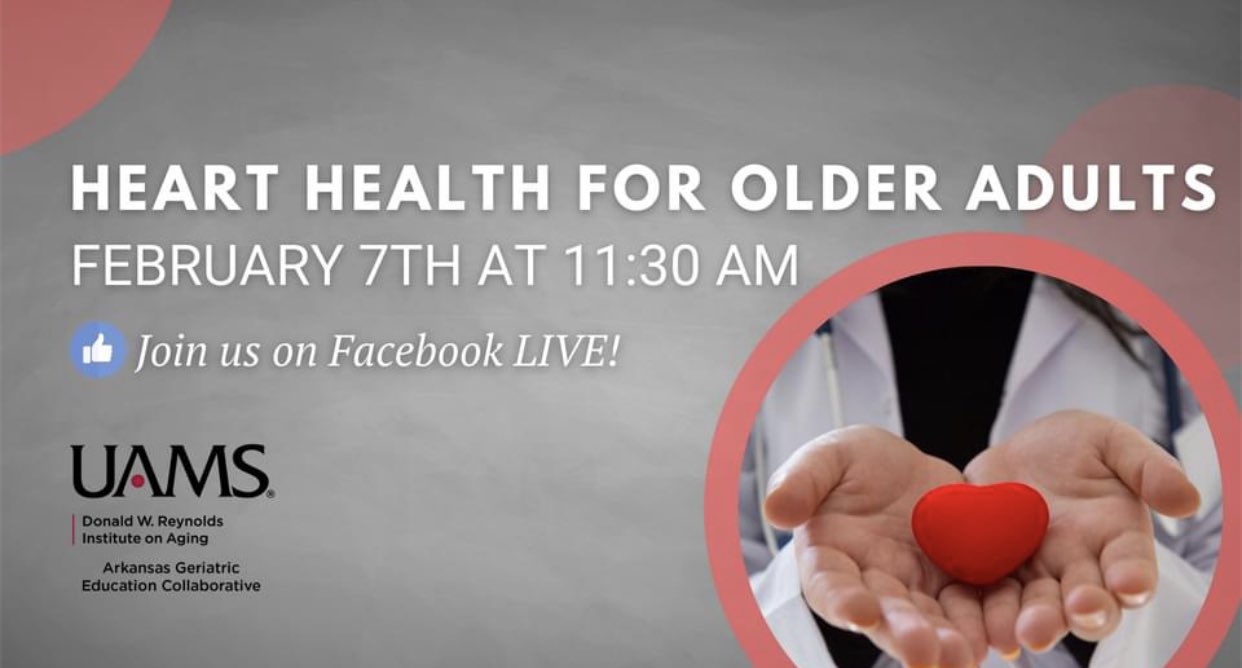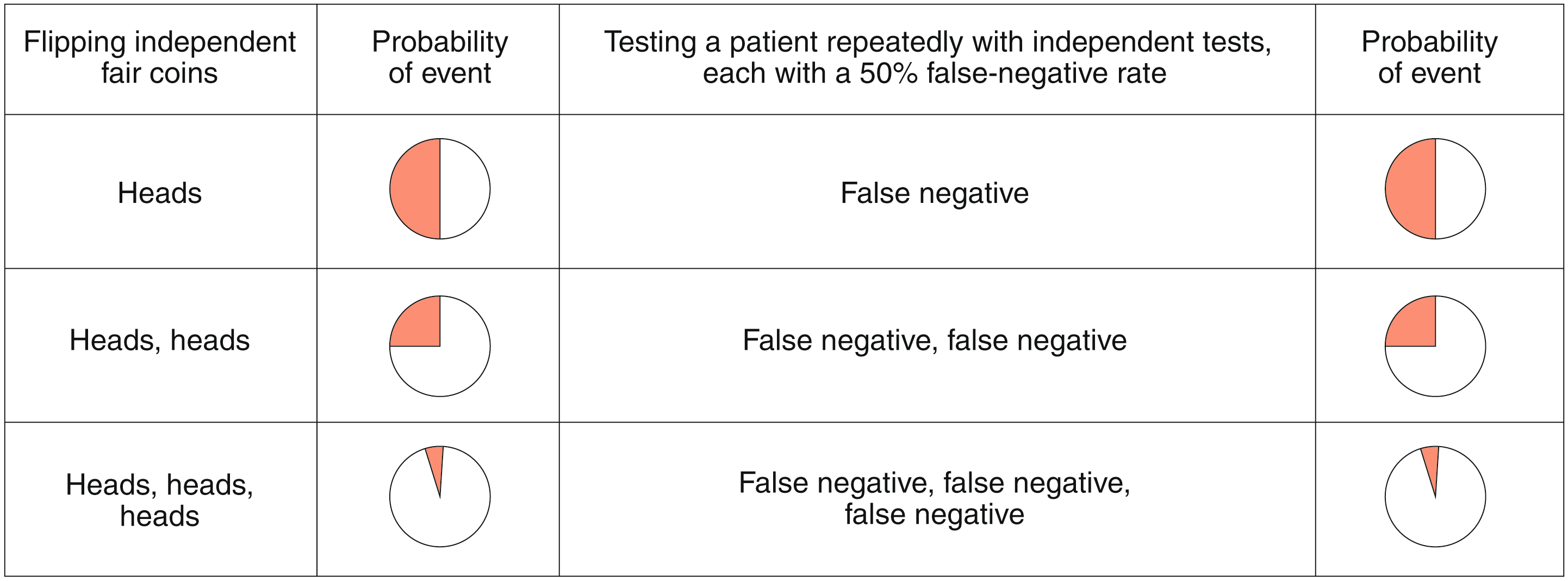
Peptic ulcer is a common digestive disorder that causes inflammation of mucous membranes in the digestive tract. Ulcers can be caused by acid entering the lining through the breakdown of epithelial cells found in the stomach, duodenum and esophus. This damage to your lining can lead you to complications and bleeding. Most peptic ulcers will heal themselves. However, some cases may require medical treatment. There are many symptoms and complications to peptic ulcers.
Peptic ulcers can be found in the stomach or proximal odenum. A perforated ulcer is very serious, requiring surgical repair. As effective treatments have increased the success rate for peptic ulcers, it is rare to need surgery.
Gastric ulcers can be treated by a variety of medications. Antibiotics and proton pump inhibitors are two of the most popular treatments. Antacids neutralize stomach acid, decreasing pain and discomfort from ulcers. Injectable medications can also be administered to stop the formation of acid. Proton pump inhibitors work by inhibiting hydrochloric acid production.

If an ulcer isn’t treated quickly, it could become extremely refractory. It is important to seek medical attention immediately if you have a severe ulcer. A refractory ulcer may present with anemia or abdominal pain. Bleeding is another possible complication. Refractory ulcer patients often require emergency surgery.
People with a peptic condition can feel intense, sudden abdominal pain. It can be a burning, gnawing or pressure sensation that travels from the stomach to your back. Other patients may not experience any pain. A tearing or perforated ulcer is indicated by intense pain.
While painful and uncomfortable, most peptic ulcers are not serious. They are characterized by a pain that is worse when the stomach is empty and is relieved by eating food. If the ulcer is very large, however, it may be difficult to heal.
One of the most commonly used medications is aspirin. Aspirin is known to cause ulcers. Too much aspirin can lead to ulcer complications. Instead, try clarithromycin which is a similar medication to metronidazole.

The treatment of peptic ulcers also includes antibiotics, histamine blockers (H2), and acid-blocking medicines. A high-dose intravenous proton pump inhibitor is also administered to patients with refractory and persistent peptic. These medications can prevent the formation of new ulcers and reduce recurrent bleeding. They also prevent gastric erosions.
The treatment of peptic ulcers will vary from one patient to the next. Some patients do not require any dietary restrictions. Others will need to limit certain foods. Aside from eating bland and easy to digest foods it can also help to avoid alcohol or spicy foods.
Patients with peptic ulcers are recommended to drink plenty of water. Stomach acid is a main factor in ulcers. Therefore, antiacids, antibiotics, and acid-blocking medicines are used to lower stomach acid. Bowel rest is recommended to speed up the healing process. There are many reasons for peptic ulcer, but Helicobacter Pylori is most common. This rare germ is resistant to stomach acid and is a very uncommon cause. By eliminating the bacteria from the digestive tract, peptic ulcer disease is cured in most cases.
FAQ
What is an infectious disease?
An infectious disease is caused by germs (bacteria, viruses, or parasites). Infectious disease spreads quickly when people come in close proximity. Some examples include measles (whooping cough), pertussis, rubella, German measles, chickenpox, strep-thymia, measles (mumps), rubella, whooping cough), pertussis, rubella, chickenpox, strep-thymia, polio, hepatitis A, B, HIV/AIDS and herpes simplex virus.
What does "health promotion” mean?
Health promotion means helping people to stay well and live longer. It emphasizes preventing sickness and not treating existing conditions.
It includes activities like:
-
Eating right
-
Get enough sleep
-
exercising regularly
-
Staying fit and active
-
Do not smoke
-
managing stress
-
Keeping up with vaccinations
-
How to avoid alcohol abuse
-
Regular screenings and checks
-
learning how to cope with chronic illnesses.
Who is responsible?
Public health is the responsibility of all levels. Local governments control roads, schools, parks, and recreation facilities. Laws and regulations regarding food safety and workplace safety are provided by the federal and state governments.
What are the primary functions of a healthcare system?
The health insurance system should be able to provide the necessary medical facilities for those who require them at a reasonable rate and allow everyone access to quality services.
This includes providing preventive health care, promoting healthy lifestyles, and appropriate treatment. It also involves providing an equitable distribution of health resources.
How can I become a creative professional in the field of health?
You have many options to become a creative healthcare professional. Many people begin their career as students. Others start out in business or engineering.
Some students choose to focus on a specific topic such as health policy, leadership, management or leadership. Others choose to enroll in an elective course that explores diverse perspectives on health care and health.
No matter what pathway you choose, there are many ways to learn about topics in health and healthcare. These include readings, group discussions and assignments as well lectures. There are workshops, conferences, as well as seminars.
After completing the program, you will have the knowledge to help clients, colleagues, patients, and other members of the health care system.
You might even be able to go on to get a doctorate.
Statistics
- For instance, Chinese hospital charges tend toward 50% for drugs, another major percentage for equipment, and a small percentage for healthcare professional fees. (en.wikipedia.org)
- Healthcare Occupations PRINTER-FRIENDLY Employment in healthcare occupations is projected to grow 16 percent from 2020 to 2030, much faster than the average for all occupations, adding about 2.6 million new jobs. (bls.gov)
- About 14 percent of Americans have chronic kidney disease. (rasmussen.edu)
- Foreign investment in hospitals—up to 70% ownership- has been encouraged as an incentive for privatization. (en.wikipedia.org)
- The health share of the Gross domestic product (GDP) is expected to continue its upward trend, reaching 19.9 percent of GDP by 2025. (en.wikipedia.org)
External Links
How To
What is the Healthcare Industry Value Chain
The healthcare industry value chain consists of all the activities involved in providing healthcare services to patients. This includes the business processes within hospitals and clinics and the supply chains that connect them to other providers such as physicians, nurses, pharmacists, insurance companies, manufacturers, wholesalers, and distributors. The end result is a continuum of care that begins with diagnosis and ends with discharge.
The value chain consists of four major components.
-
Business Processes – These are the tasks that individuals perform throughout the delivery of health care. For example, a doctor may perform an exam and then prescribe medication. Each step along the way must be completed efficiently and accurately.
-
Supply Chains - All the organizations involved in making sure that the right supplies reach the right people at the right time. One hospital may have many suppliers. This includes pharmacies and lab testing facilities as well as imaging centers and janitorial staff.
-
Networked Organizations (NO) - In order to coordinate the various entities, communication must exist between all parts of the system. Hospitals typically have many departments, each with its own set of offices and phone numbers. Every department will have a central point where employees can go for updates to ensure everyone knows what's happening.
-
Information Technology Systems - IT is critical in ensuring that business processes run smoothly. Without it, things would fall apart quickly. IT can also be used to integrate new technologies into a system. Doctors, for example, can connect to a secure internet connection to access electronic medical records.